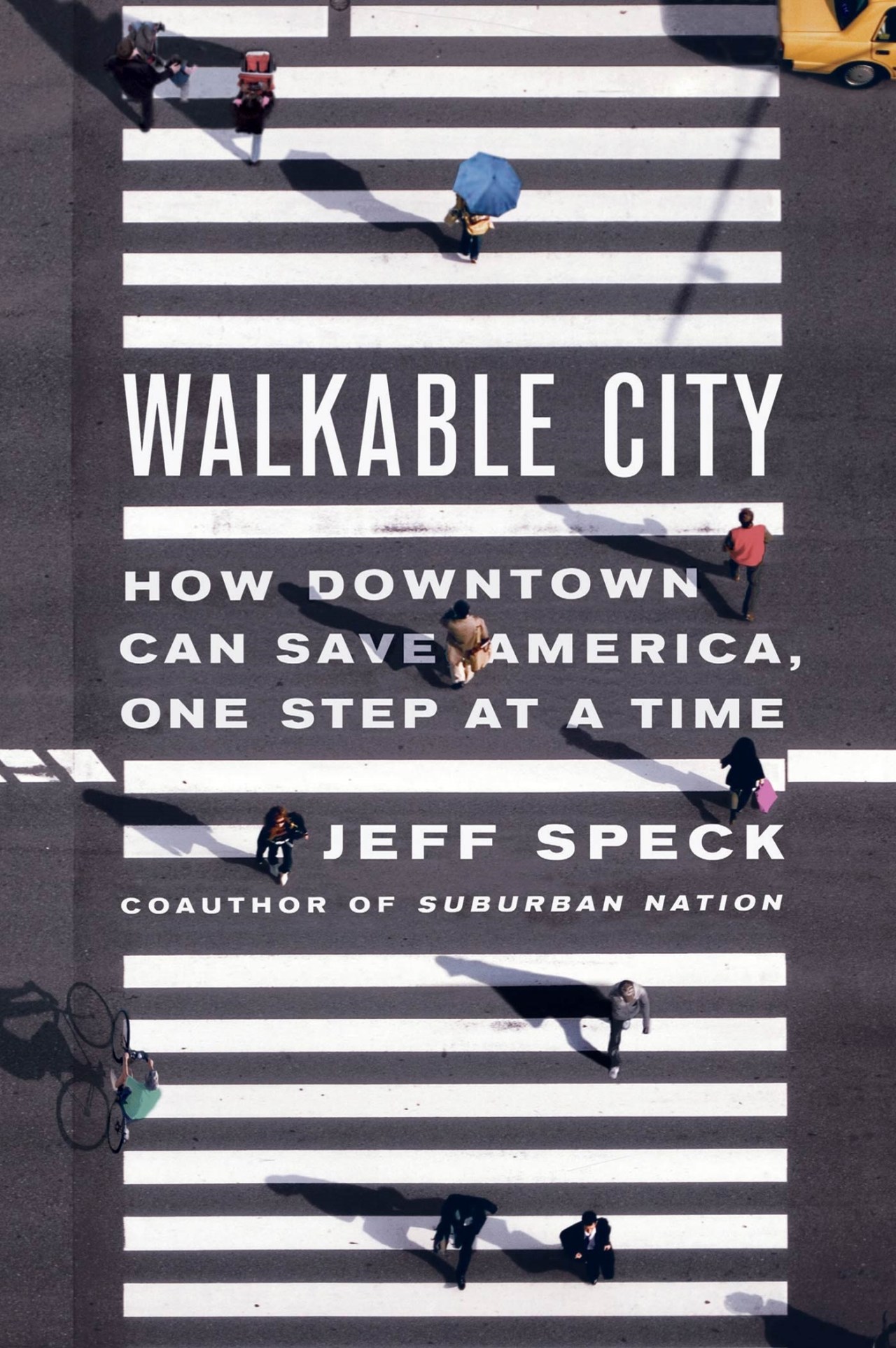Editor’s note: This is an excerpt from Walkable City: 10th Anniversary Edition,
an updated version of the best-selling urban planning book of the past decade featuring more than 100 pages of new material. It is republished with permission.
On the public health front, the original edition of Walkable City described American obesity and asthma epidemics, largely the outcome of our automotive lifestyles; these continue unabated. It neglected to discuss the larger health impacts of tailpipe emissions and vehicle noise, which have both been discovered to be staggering.
According to a 2013 MIT study, emissions from road transportation are responsible for approximately fifty-three thousand annual “early deaths” in the United States, more than doubling the carnage that comes from crashes. A separate study placed fourteen hundred of those annual deaths in New York City alone, where the healthcare costs attributed to vehicle emissions surpassed $21 billion annually. Electric cars won’t fix this: “85 to 90 percent of toxic vehicle emissions in traffic come from tire wear and other non-tailpipe sources.”
Meanwhile, what you do hear can kill you. Scientists have discovered that being subjected to traffic noise “results in altered blood chemistry and meddles with blood vessel function.” The result is a greater risk of diabetes, heart attacks, and strokes.
A recent study linked road noise to dementia as well, especially Alzheimer’s. This remarkable effort spent thirteen years tracking the health outcomes of two million people — a third of all Danes — living in every residential building in the country. By comparing sides of buildings exposed to traffic noise with more sheltered sides, researchers found that fully 15 percent of dementia cases could be attributed to transport noise.
Finally, proof that driving makes you crazy. Can walking make you sane? As reported in Fast Company:
"People who walk 8.6 minutes a day are 33 percent more likely to report better mental health. . . . On the other hand, researchers found that if someone shifts from a long commute to a walk, their happiness increases as much as if they’d fallen in love."
Heading back to Denmark, we can find the same understanding in the words of Søren Kierkegaard:
“Above all, do not lose your desire to walk. Every day I walk myself into a state of well-being and walk away from every illness. I have walked myself into my best thoughts and I know of no thought so burdensome that one cannot walk away from it.”
Kierkegaard was not the first to connect regular walking not just with happiness, but with wisdom. As early as the fifth century, St. Augustine wrote “solvitur ambulando”: it is solved by walking. To this, Friedrich Nietzsche added “only thoughts reached by walking have value.” He walked six to eight hours a day, which may explain why I have heard him referred to as “the last man to know everything.”
Researchers are beginning to parse the connection between thinking and walking, and it’s more foundational than we expected. The Irish neuroscientist Shane O’Mara is one of many who promote a “motor-centric” concept of the brain, that it “evolved to support movement and, therefore, if we stop moving, it won’t work very well.” He believes that “the activation that occurs across the whole of the brain during problem-solving becomes much greater almost as an accident of walking demanding lots of neural resources.” His experiments found, through brain-wave analysis, that rats who were wheeled around instead of walking became measurably more stupid.
One other justification for more walkable cities? Social capital. In Bowling Alone (2000), Robert Putnam blamed a decline in social capital nationwide, in part, on people’s long commutes. In Suburban Nation (also 2000), my coauthors and I talked about how the grave danger and spatial competition of driving turns normal people into sociopaths. If driving is so bad for community, could walking and biking produce better results?
That question was answered in a 2021 study by Jessica Stroope of Louisiana State University. She found that, aside from age and education, no other factor was as great a predictor of community participation than “active transportation.” Subjects who got around more on foot or by bicycle were demonstrably more likely to engage in policy change efforts through writing letters, making phone calls, and/or attending community meetings. These findings were a nice complement to the classic research of Donald Appleyard, who in 1981 compared the social lives of people who lived on streets with and without heavy car traffic. He found that while people on lightly traveled streets counted an average of three friends, people on busy streets averaged 0.9 friends.
That’s hardly the best ad copy: “Heavy traffic: for those times you want slightly less than one friend.”
Jeff Speck is an urban planner who advocates internationally for more walkable cities. As the former director of design at the National Endowment for the Arts, he oversaw the Mayors’ Institute on City Design, where he worked with dozens of American mayors on their most pressing city planning challenges. A fellow of both the American Institute of Certified Planners and the Congress for New Urbanism, he is the 2022 recipient of the Seaside Prize. His TED talks and YouTube videos have been viewed more than five million times.
Excerpted from "WALKABLE CITY: How Downtown Can Save America, One Step at a Time" by Jeff Speck. 10th Anniversary (Picador, 2022).
 Cover: Farrar, Straus and Giroux
Cover: Farrar, Straus and Giroux






